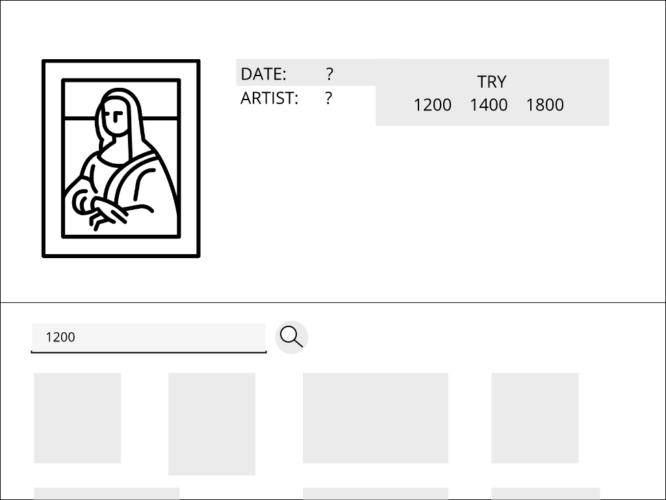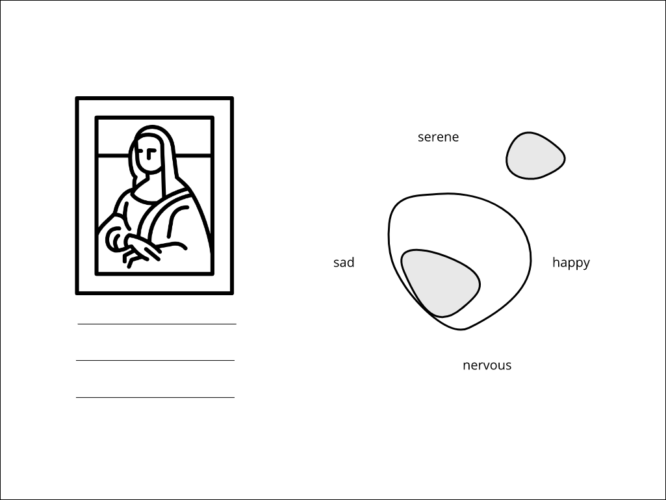The art of wandering
Explore and engage with online art collections
- Media and Arts Technology Center – QMUL
- 2016 - 2019
- Solo project
- Presented at: HCI International 2017, Vancouver, CA (July 2017)
- Presented at: Museums and the Web 2018, Vancouver, CA (April 2018)
BACKGROUND
AIM
THE PROCESS (also called METHODOLOGY)
RESULTS
Insights & design considerations
Art explorations are engaging when the interface provides inspiration, personal connection, heterogeneity, novelty, and when it enables the user to create and pursue self-set goals. Conversely, users are disengaged if the interface does not support interaction with single paintings, or if it uses a vocabulary that does not match their level of expertise.
Users’ expectations and preferences regarding the art experience differ. Some are engaged by contemplative intimate interactions with the artworks, others prefer quick and gamified activities. Despite this difference, both groups seek to have an active role in the exploration, interpreting, reflecting, playing, exploring, rather than passively observing or navigating.
Although casual users of online collections have long been described as being information needless, this does not mean that information is irrelevant for the user engagement. During explorations, paintings trigger curiosity and the desire to know more about the art. We call this element of the user experience, information curiosity. Non-expert art-lovers express interest in four main topics and refer to four types of elements (see pictures on the right).

People exhibit three ways of navigating a collection. The mono-maniac, the multi-thematic, and the jumper. Each style explores the collection with a different level of breath and depth. Interfaces could be tailored to meet the needs of one or more exploratory styles.

Novel interfaces should support engagement with single paintings by enabling three or modes of interaction: understand, communicate and add to the art experience. Each activity is further exemplified by specific activities.
* The Inquiry Technique can be used as a method to collect users’ needs and the information curiosities beyond the context of online art.

Implementing principles of Design for Curiosity can increase users’ engagement and satisfaction. It can also increase the diversity of content users engage with. If not implemented correctly, it can disengage users looking for contemplative experiences and it can reduce the engagement time (see picture on the left).
Recommendations on how to implement Design for Curiosity effectively include, avoiding repetitions, avoiding distracting the user from their main activity, design information gaps that need further actions to be resolved.






